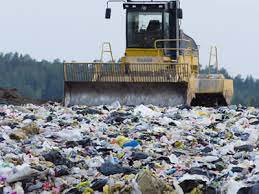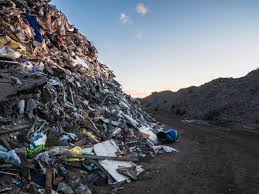As an alternative to landfill, wastes containing combustible material may be incinerated or combusted. Incineration is the oxidation of the combustible material in the waste to produce heat, water vapor, nitrogen, carbon dioxide and oxygen.
Depending on the composition of the waste, other emissions may be formed including, carbon monoxide, hydrogen chloride, hydrogen fluoride, nitrogen oxides, sulphur dioxide, volatile organic carbon, dioxins and furans, polychlorinated biphenyls, heavy metals, etc. (European Commission 2004).
Municipal solid waste incineration has historically been seen in terms of a means of waste disposal. However, modern incinerators would now include a means of energy recovery as an economic necessity. Energy recovery is usually by the generation of electricity from high-temperature steam turbines or through district heating schemes.
Read Also : How to Make Compost from Kitchen Waste
Advantages of Incineration over Landfill
Incineration of waste has a number of advantages over landfill including;
Incineration can usually be carried out near the point of waste collection. In some cities, the number of landfill sites close to the point of waste generation is becoming scarcer, resulting in transport of waste over long distances.
The waste is reduced into a biologically sterile ash product, which for municipal solid waste is approximately 10% of its pre-burnt volume and 33% of its pre-burnt weight.

Incineration produces no methane, unlike landfill. Methane is a ‘greenhouse gas’ and is a significant contributor to global warming.
Waste incineration can be used as a low-cost source of energy to produce steam for electric power generation, industrial process heating or hot water for district heating, thereby conserving valuable primary fuel resources.
Read Also : 4 Steps How to Make Diesel from Waste Oil
The bottom ash residues can be used for materials recovery or as secondary aggregates in construction.
Incineration is the best practicable environmental option for many hazardous wastes such as highly flammable, volatile, toxic and infectious waste.

